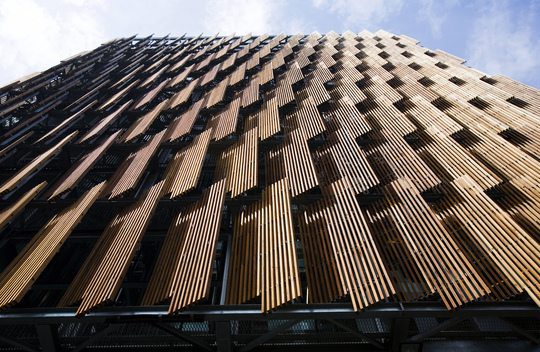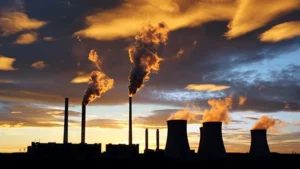Australia’s building sector could deliver more than one quarter of Australia’s emissions reduction target by 2030, as well as $20 billion in energy savings, given the right policy incentives, a new report has found.
The Australian Sustainable Built Environment Council report, based on modelling by ClimateWorks, says Australia’s building sector accounts for almost one-quarter of Australia’s greenhouse gas emissions, but that it could be net zero emissions by 2050 using a combination of existing technologies such energy efficiency, rooftop solar and other renewable energy.

To do this, the report outlines a proposed National Plan Towards 2050 Zero Carbon Building (see below) as well as a five-year plan for the implementation of its key recommendations, including the immediate implementation of ready policy mechanisms to drive improvement in the sector.

But the report – released on Thursday – also noted that without such action, the nation’s buildings would consume almost half of Australia’s total national carbon budget.
“This is not an option,” said ASBEC President Ken Maher in a statement on Thursday. “This sector must be a strong focus if Australia is to meet its international obligations under the Paris Climate Change Agreement.
“Over the last decade, market leaders in the building sector have shown that rapid improvements are possible, and this report demonstrates just how much more opportunity exists.”
The report says that, currently, the sector’s ability to take advantage of this opportunity is being limited by a “range of complex barriers.”
But Professor Maher says the report also shows that “major improvements” are possible with the right public policies in place.
“Every year we delay will cost us significantly in emissions, climate change, money, and quality of life. Installing inefficient equipment or appliances locks in excessive emissions for many decades into the future. Even five years of delay in the take-up of these opportunities could lead to $24 billion in wasted energy costs and more than 170 megatonnes of lost emissions reduction opportunities,” said Prof Maher.
“The time is now. ASBEC calls on governments to open the door to our low-carbon future.”
Ken Morrison, CEO of the Property Council of Australia and chair of the ASBEC’s Energy Efficiency and Emissions Task Group says the report offers a blueprint for government action.
“Major emissions reduction gains can be made with the property industry, but it requires a focused plan that includes regulation, strong incentives, energy market reform and market information to support transformation.”
“When we’re talking about the built environment, we’re talking about literally millions of individual home owners as well as thousands of businesses across the property supply chain. That is a level of complexity which requires a nuanced approach,” he said.
The key findings of the Low Carbon, High Performance report:
– buildings account for 23 per cent of Australia’s emissions, so strong action in buildings is essential to meet Australia’s international obligations to transition to zero net emissions by around 2050;
– Buildings can achieve zero carbon by 2050 using existing technologies
– In addition to $20 billion in energy savings, buildings can deliver one quarter of the national emissions target and over half of the national energy productivity target by 2030







